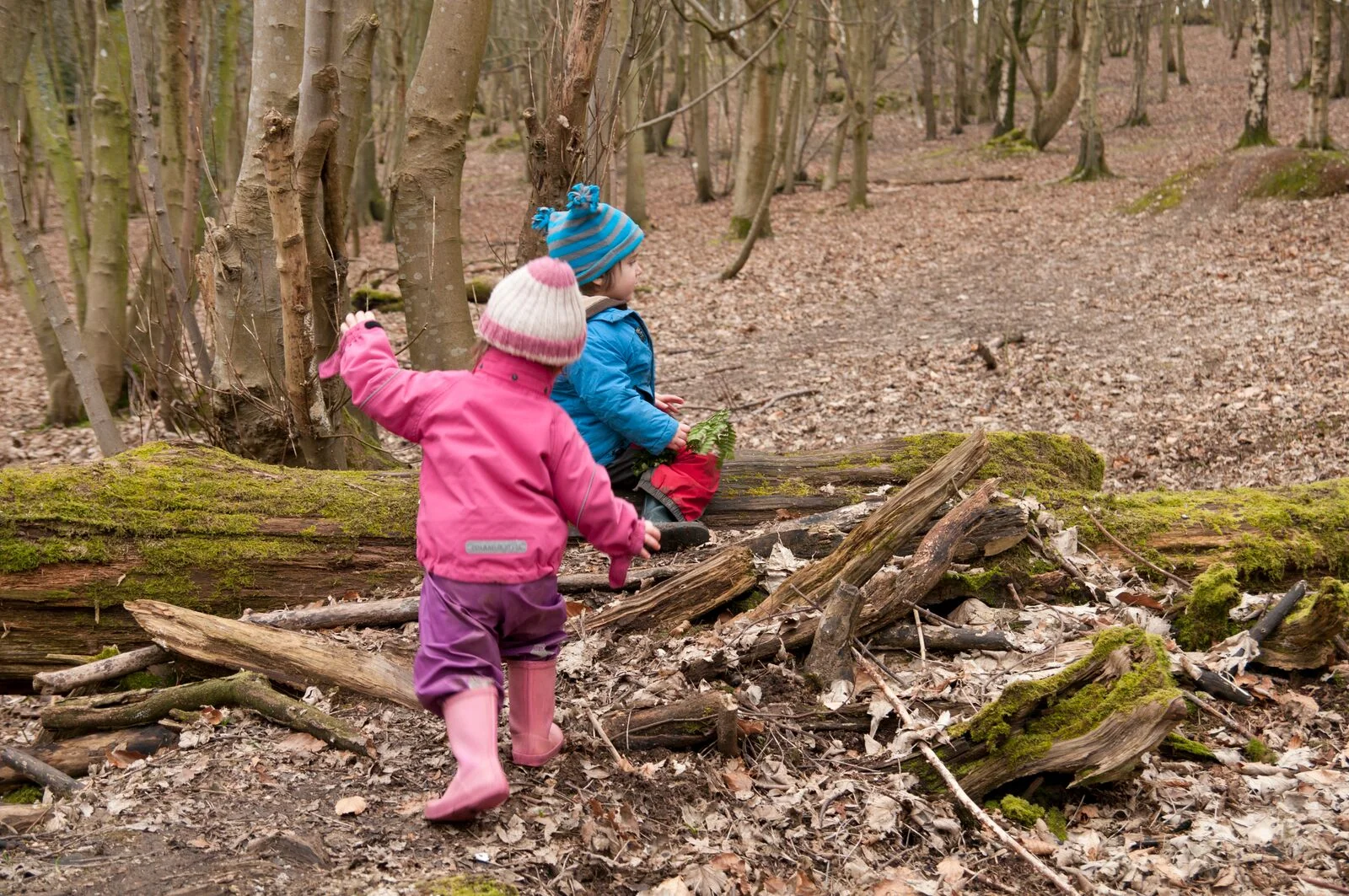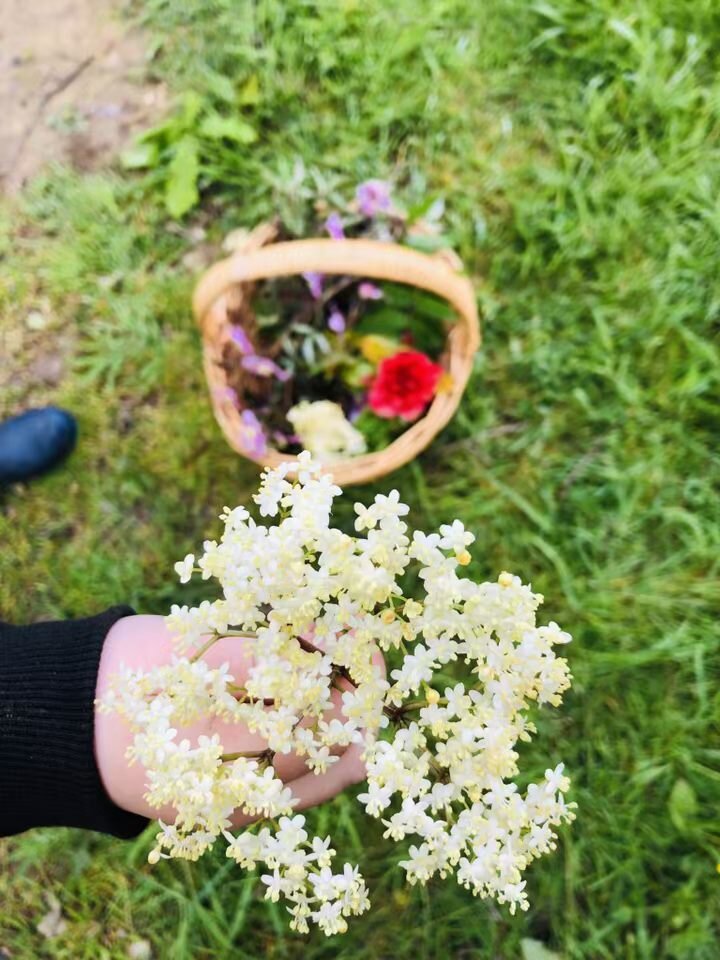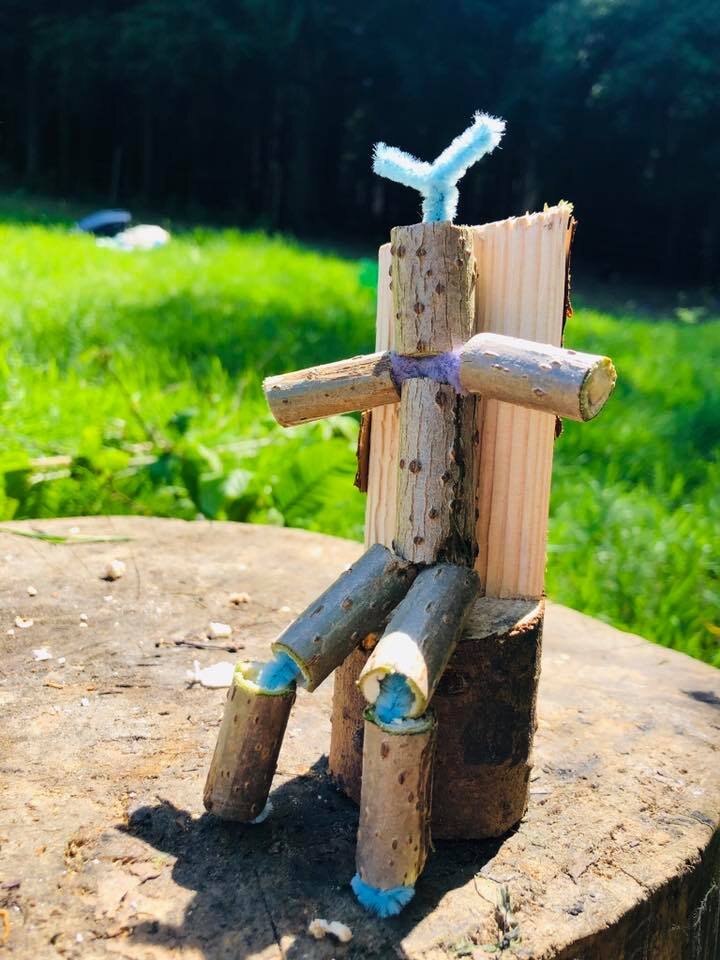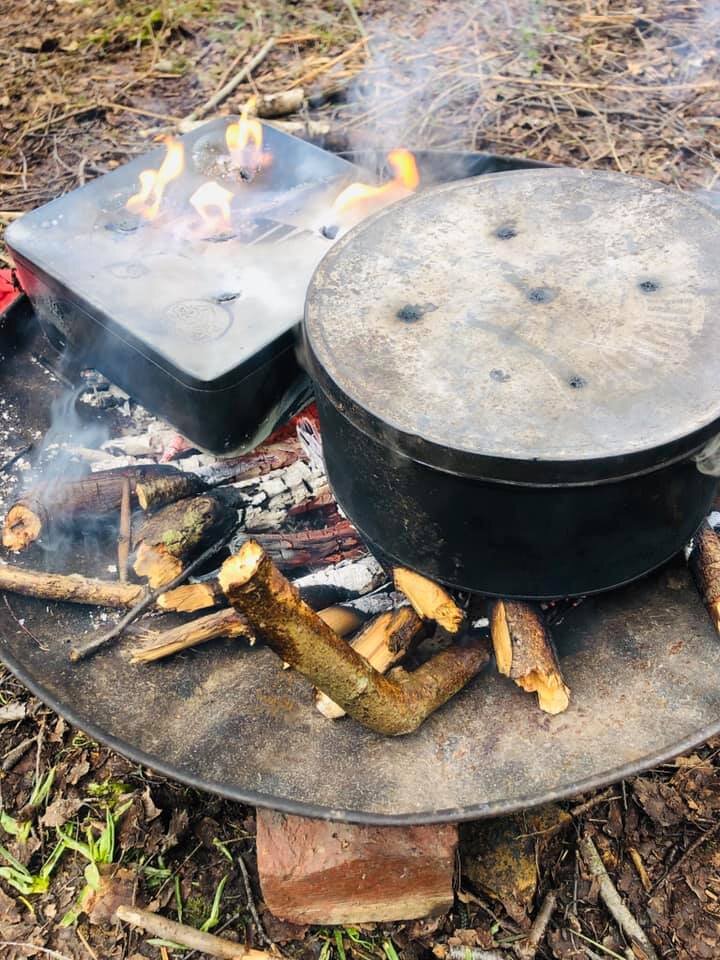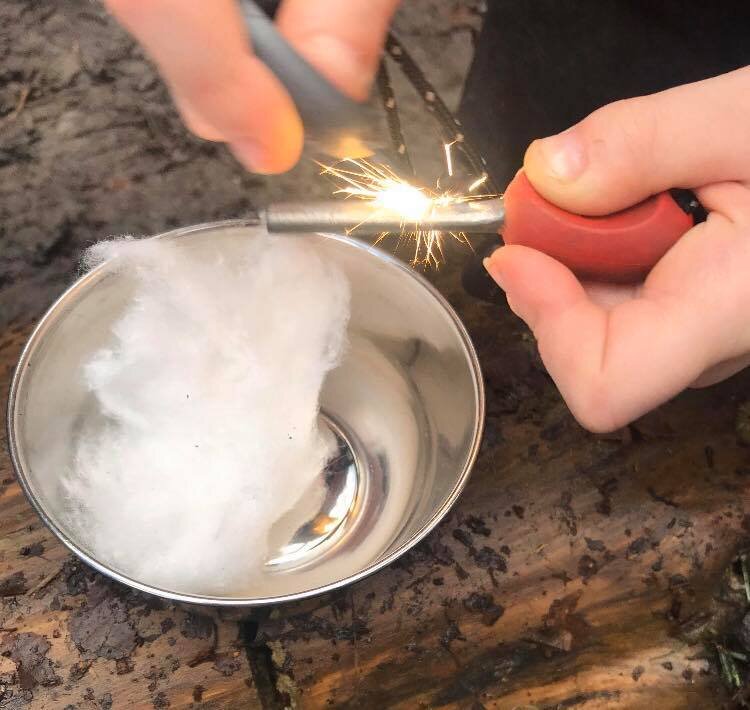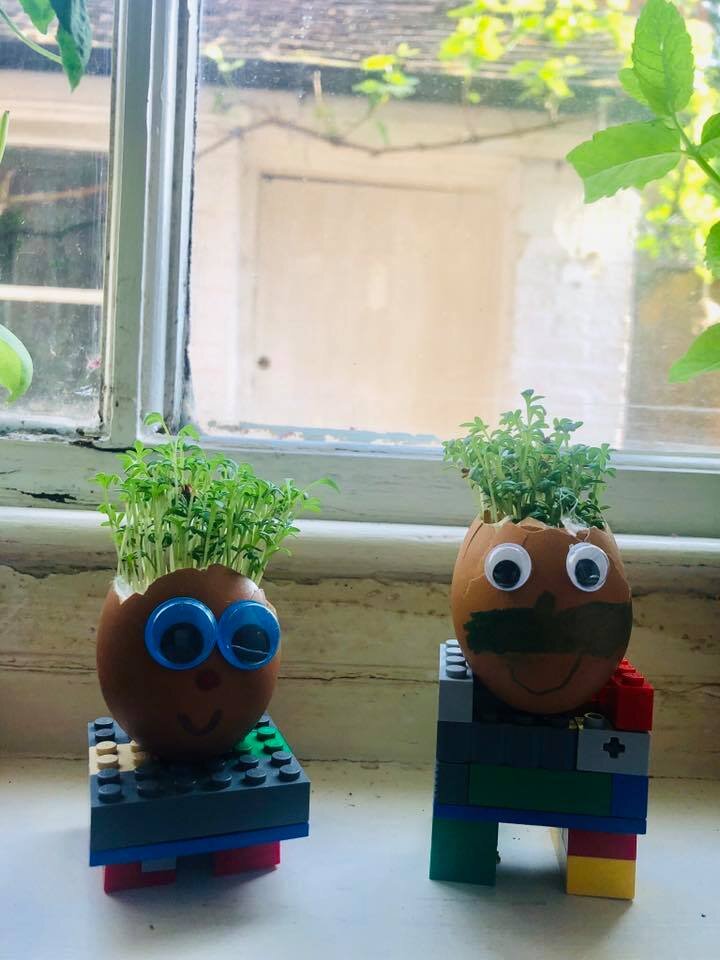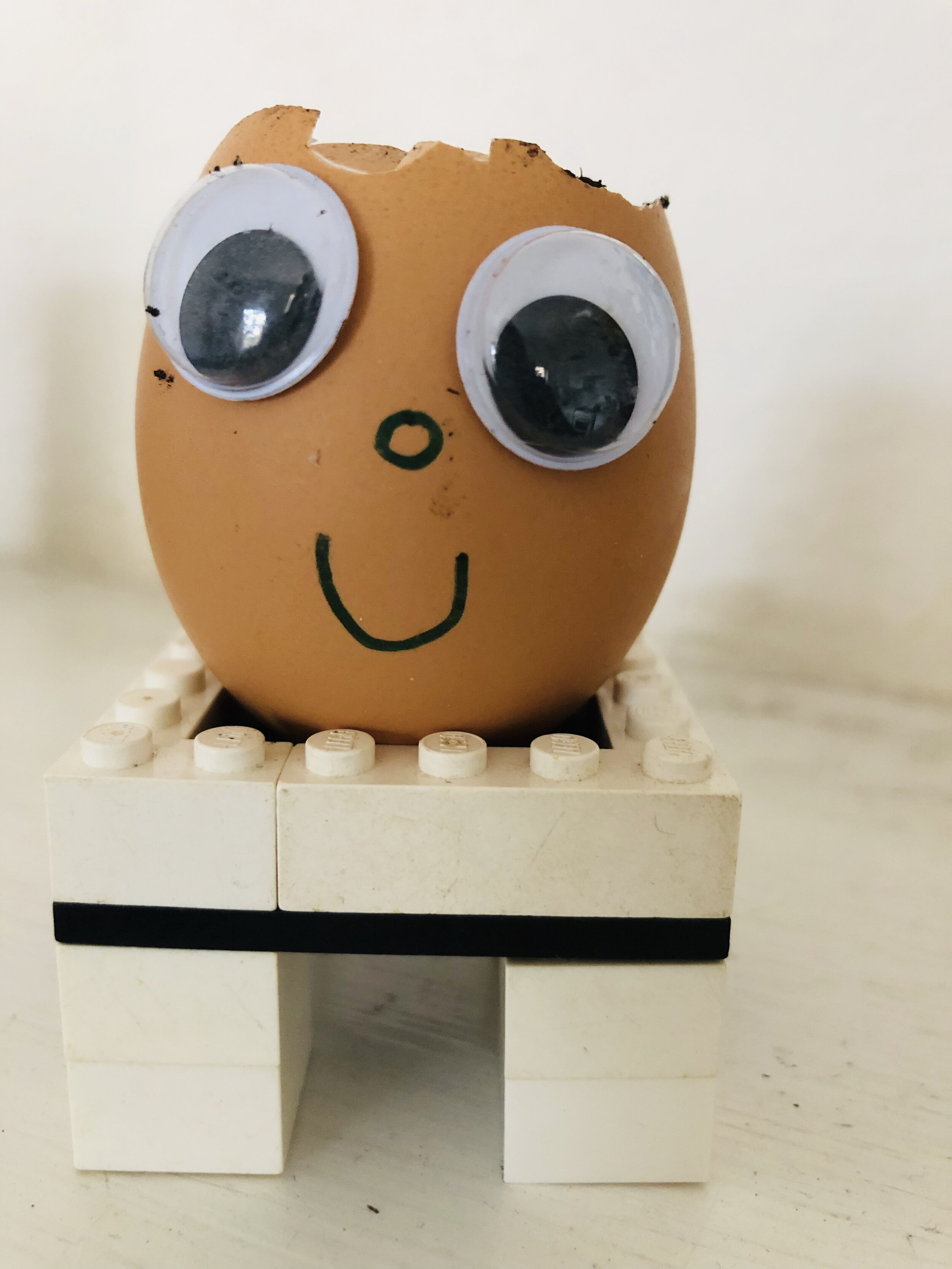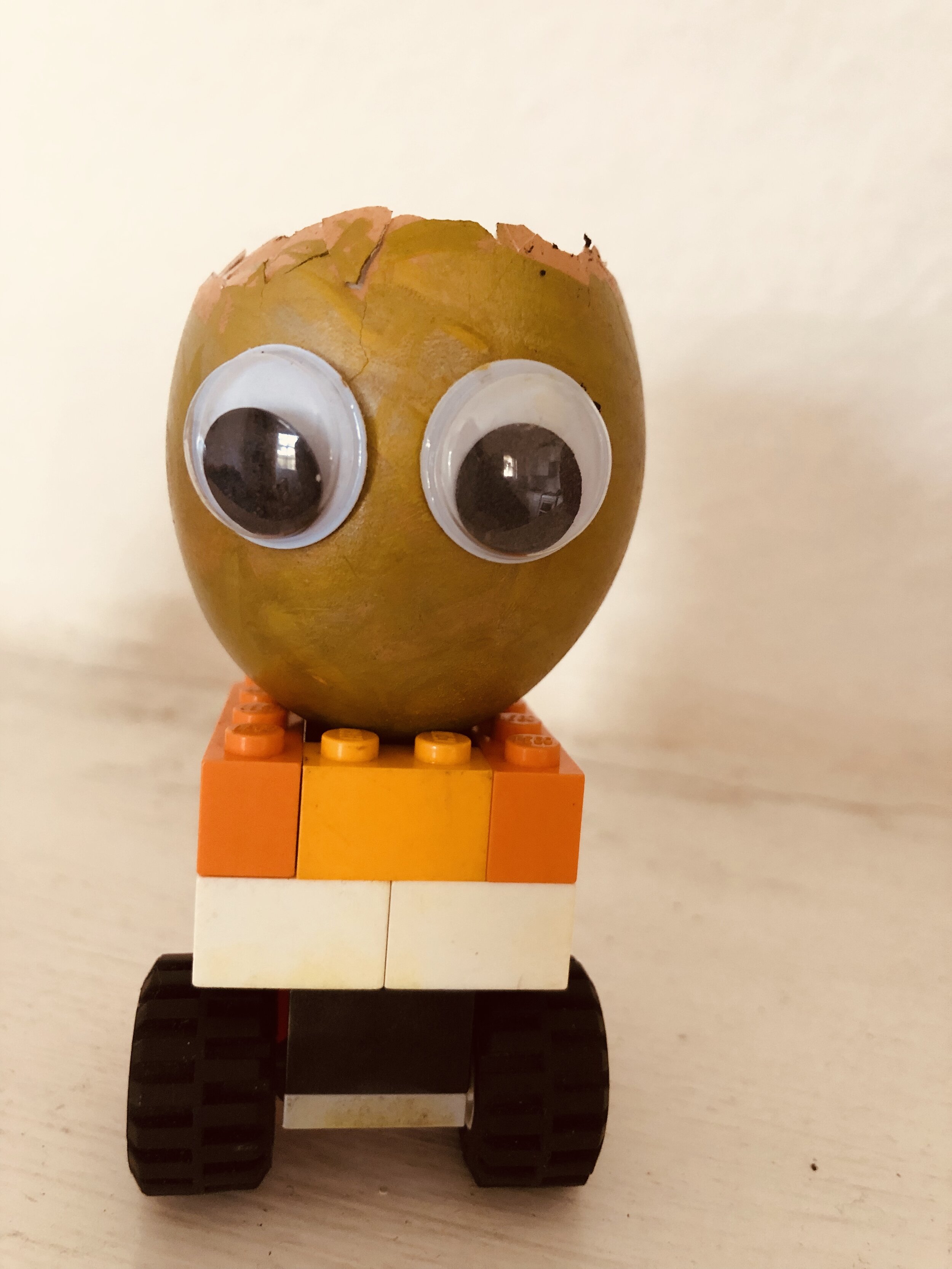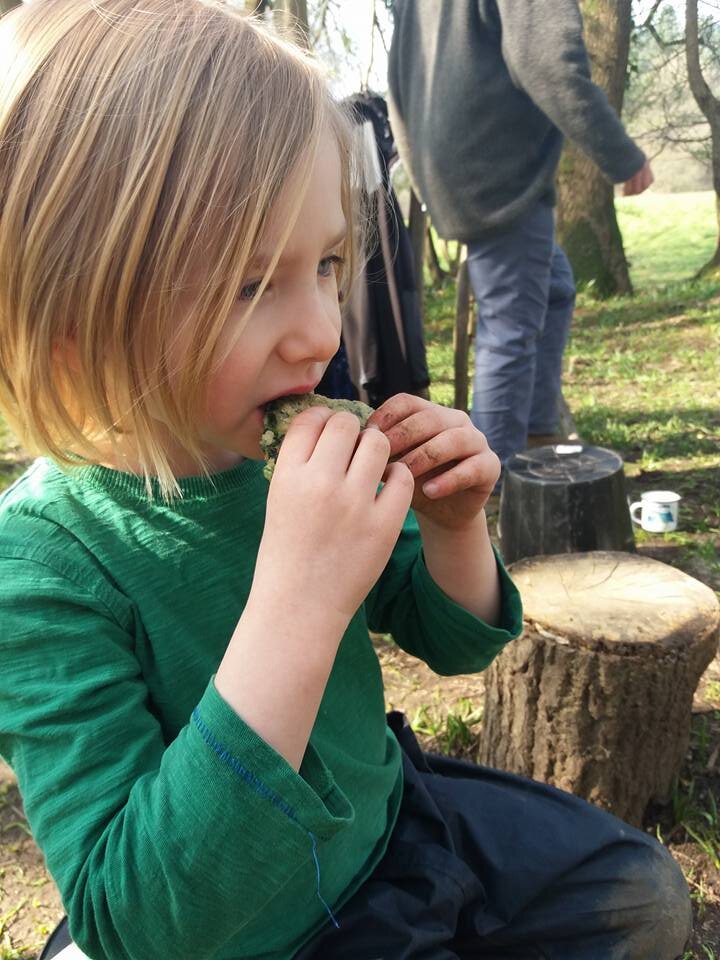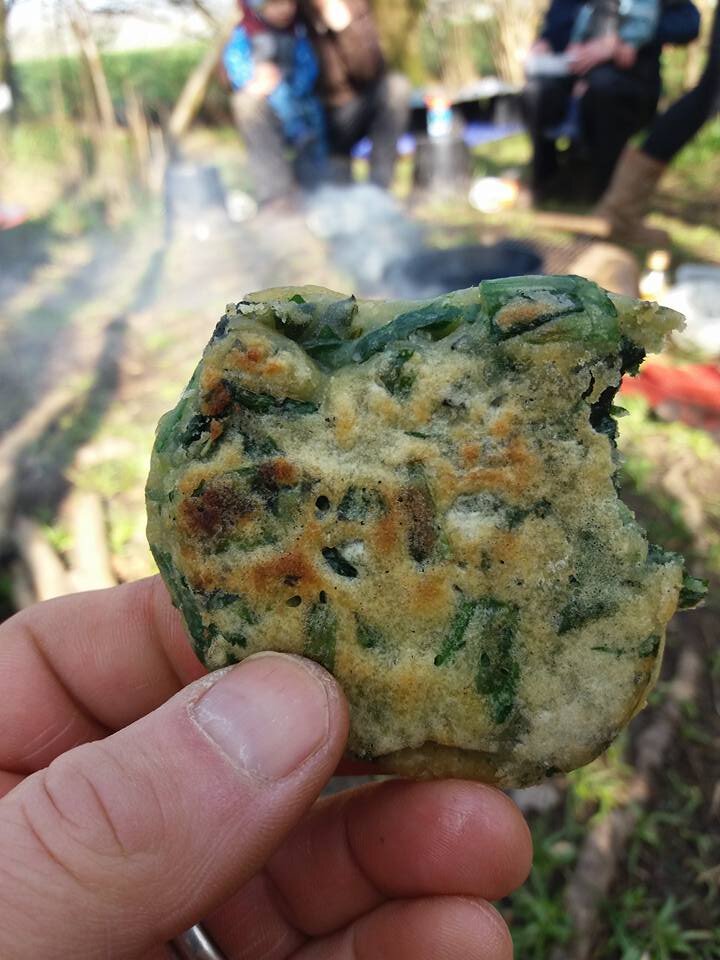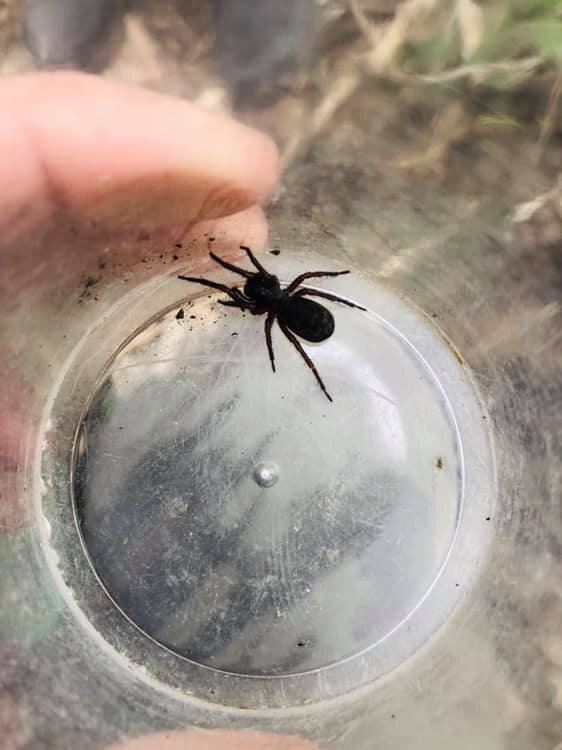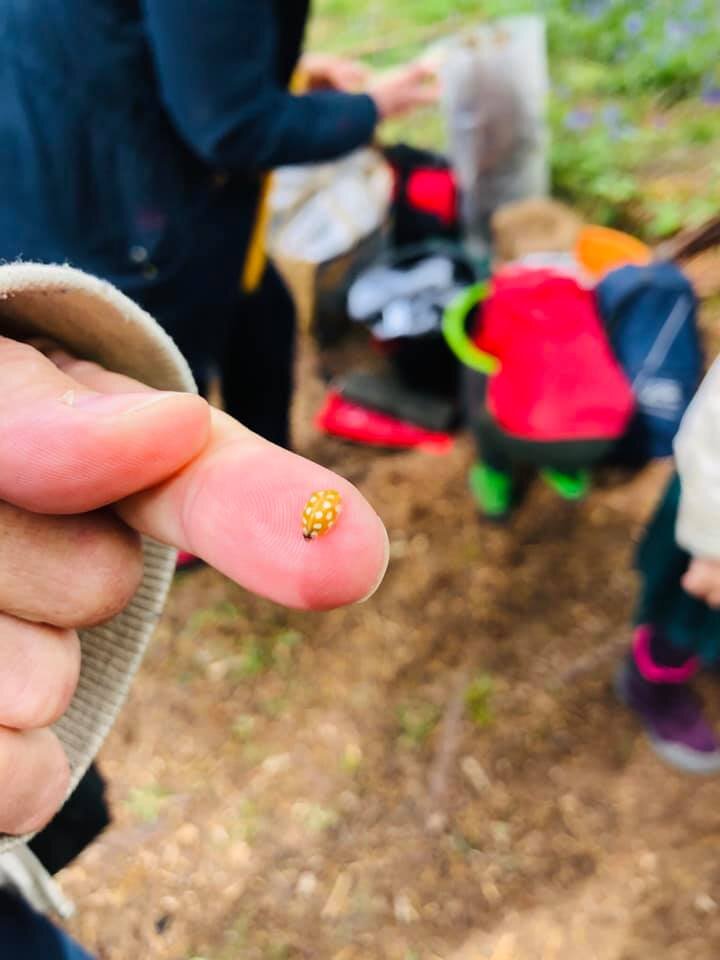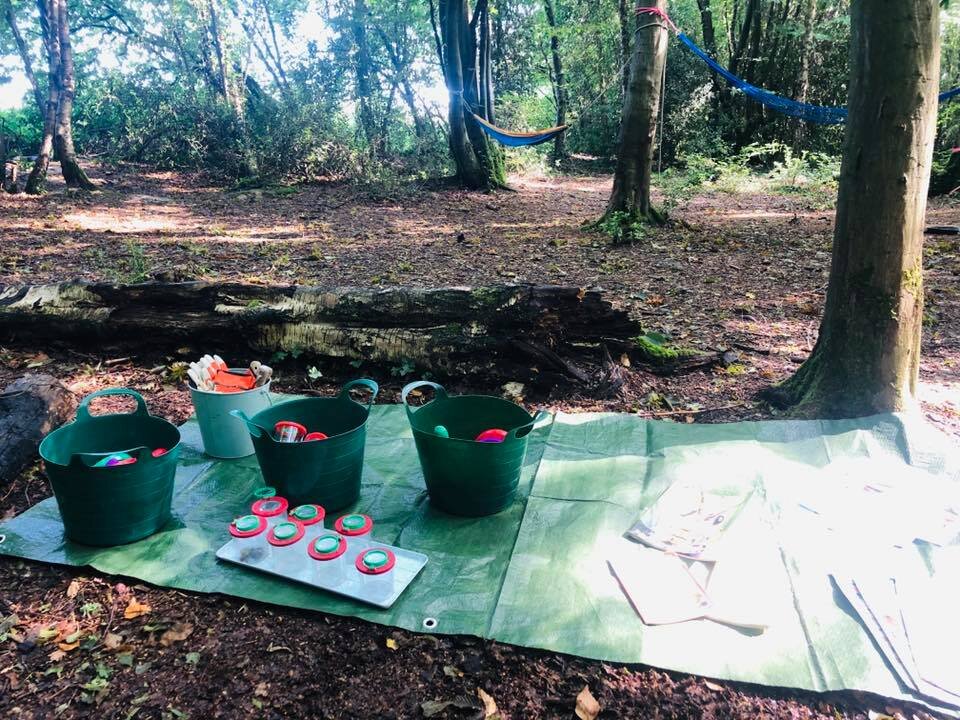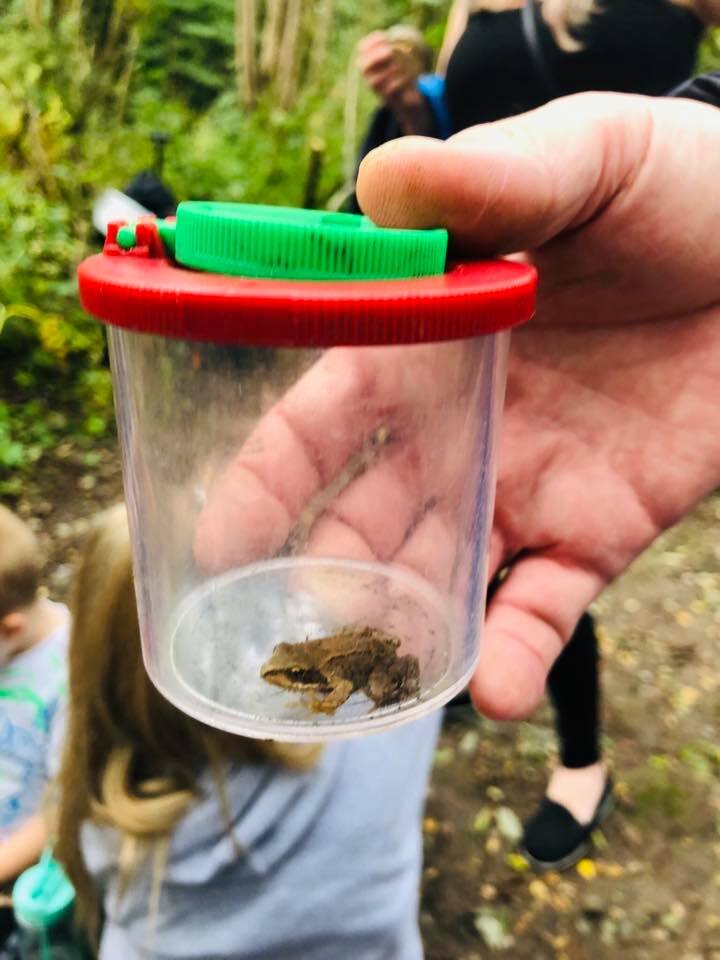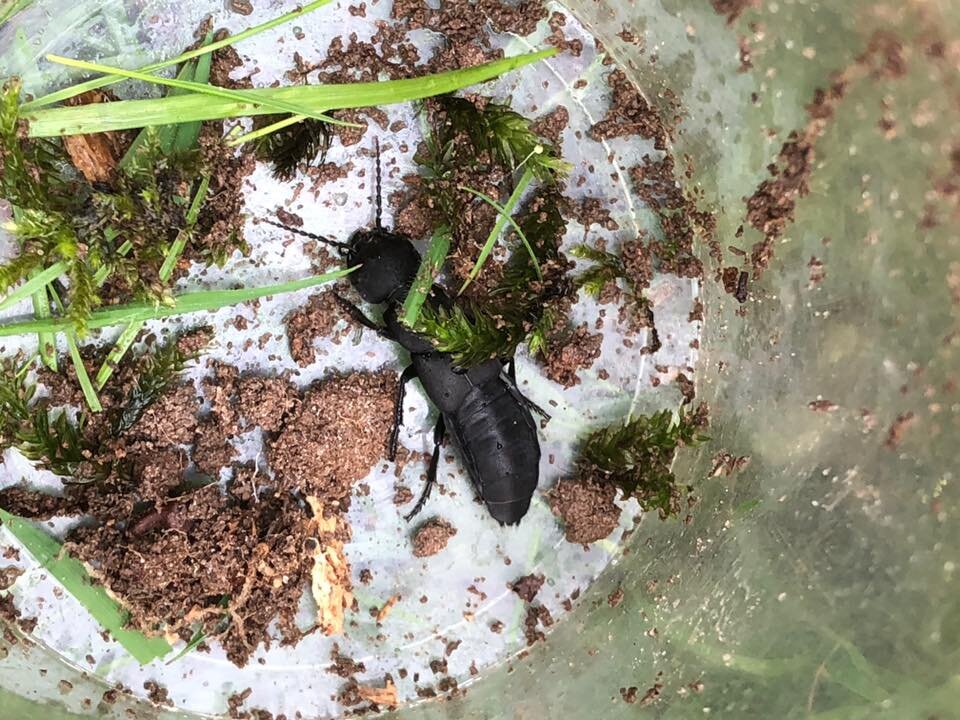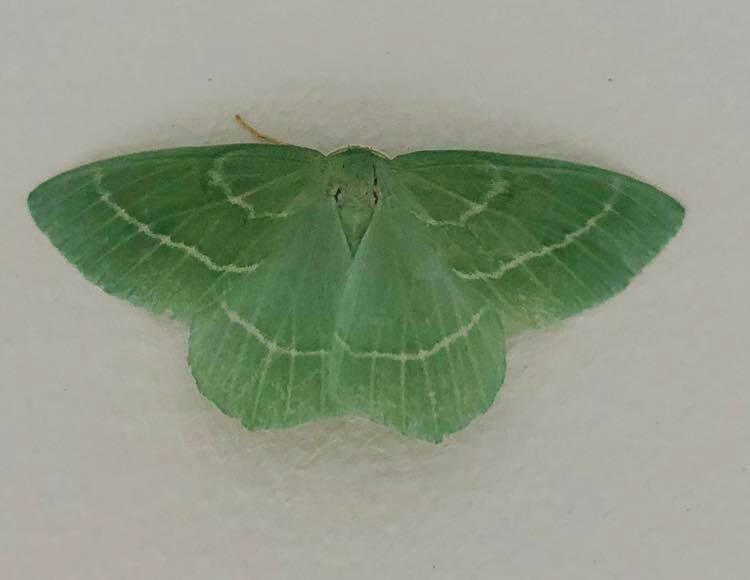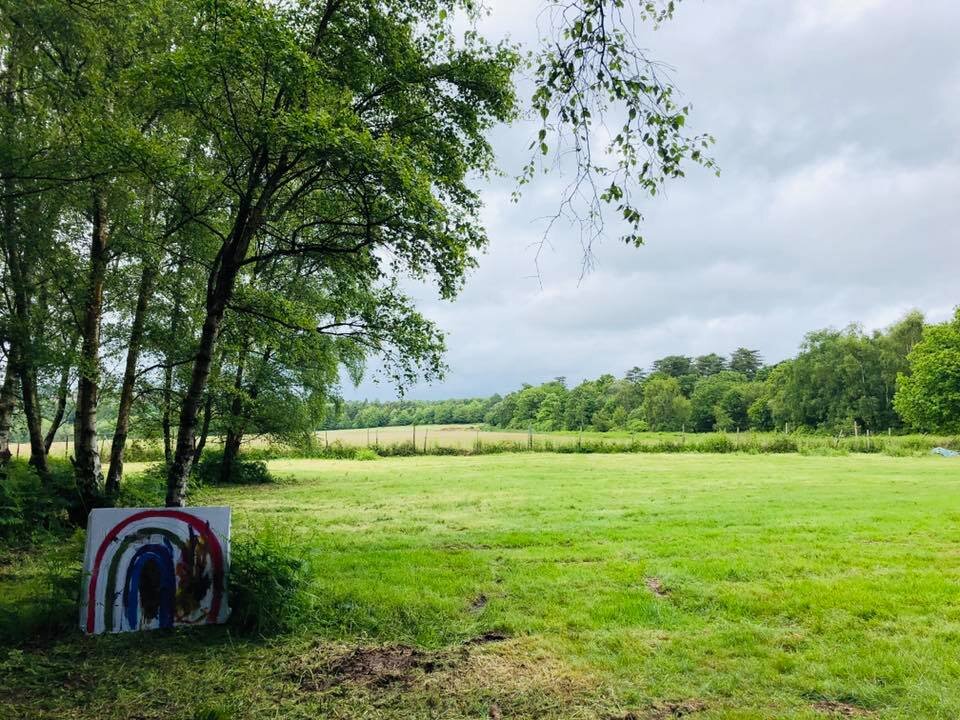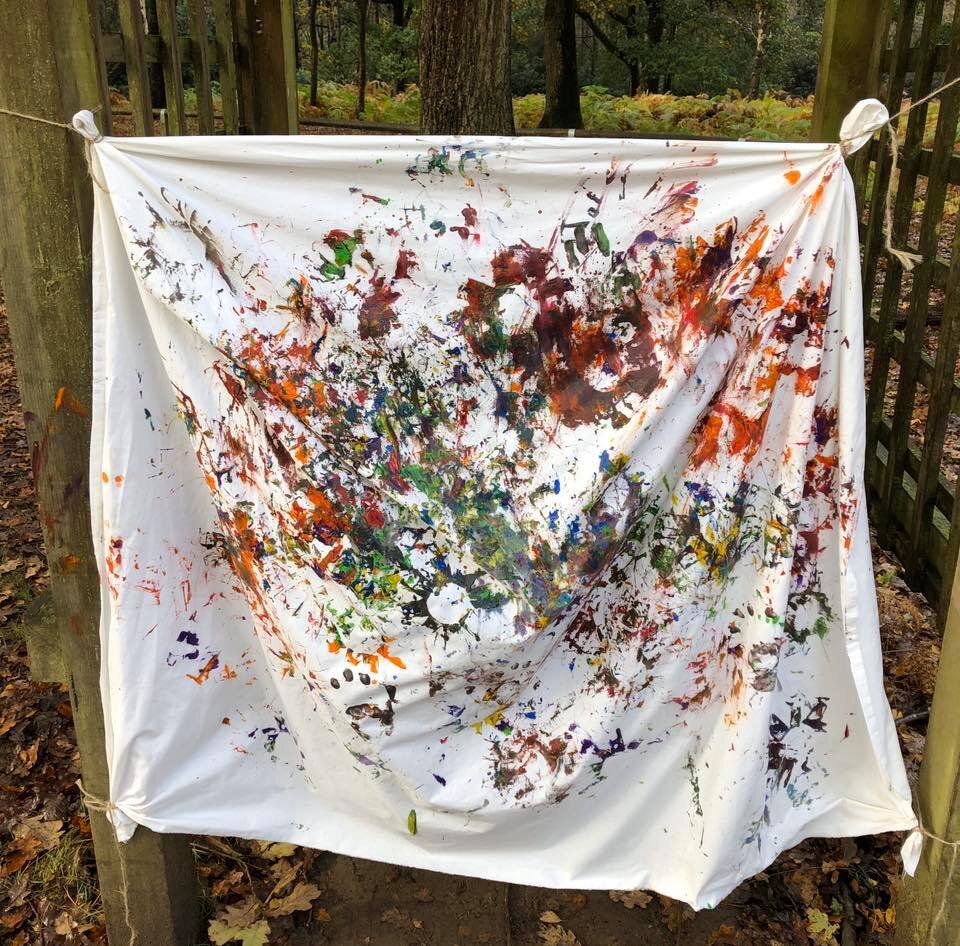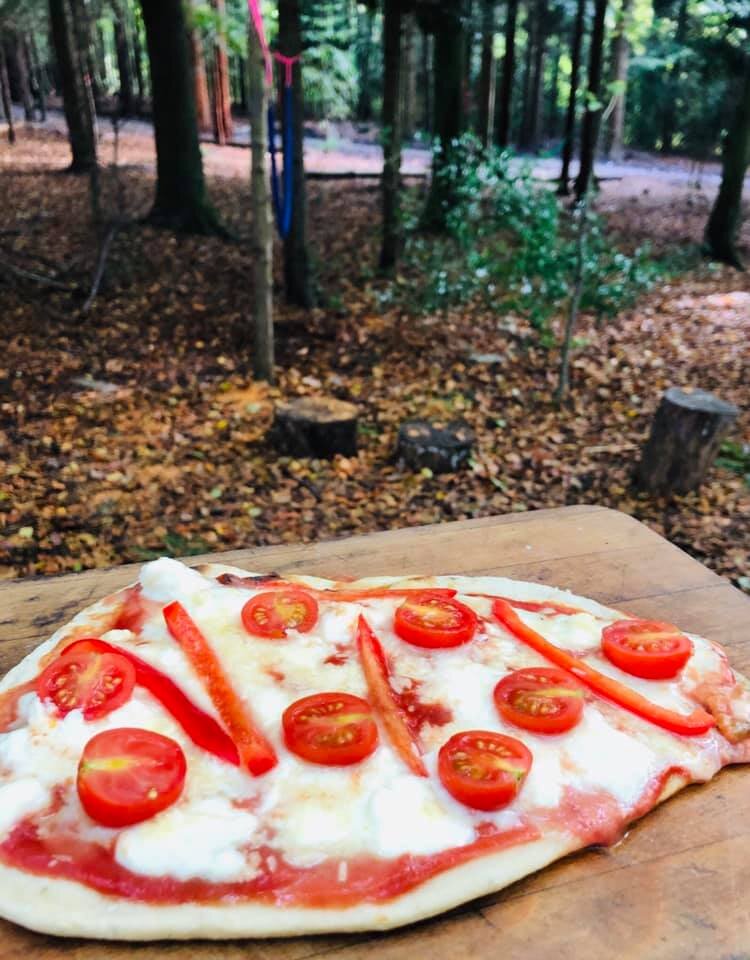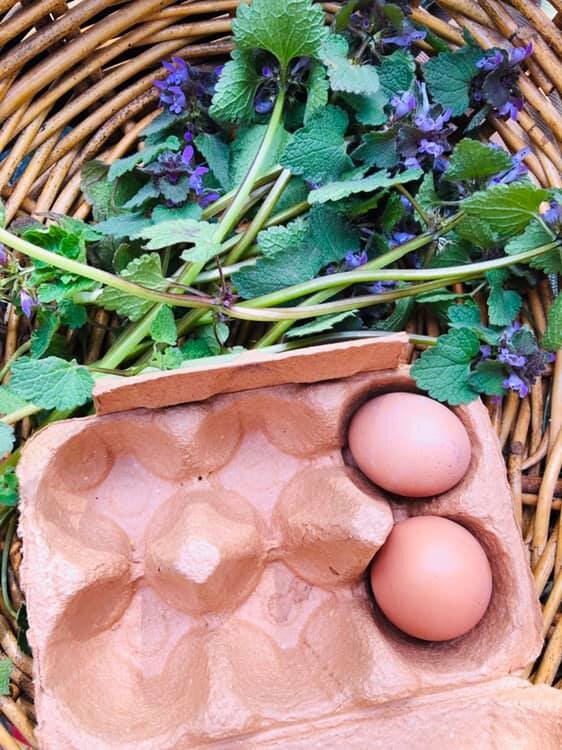Elder Beads
/By Mel Evans
Elder is a funny sort of tree. Sometimes it stands tall and alone in a field, but more usually it likes to hide among the hedgerows and its hard to tell where the tree starts and the hedge ends. If you have one in your garden or near to you house you will probably have noticed it already,
Its a very sensory tree. Its leaves smell pungent and unpleasant if you crush them. In late Spring it blooms with fragrant white flowers that can be made into cordial and in the Autumn in bears deep purple berries rich in vitamin C and favoured for Winter tonics. The bark of the tree itself is cracked and the branches have wart like nobbles on them.
The Elder tree is the subject of much folklore. Burning Elder is frowned upon as its thought to upset Mother Elder or worse still summon the Devil. However, an Elder tree close to your house is believed to keep bad spirits away and it can often be found in graveyards.
Elder is the Lady’s tree, burn it not or cursed be ye!
Elder often hides in hedgerows and may only be starting to appear if the hedge was cut last Autumn
If you know of an Elder tree nearby, you can cut a small branch. Superstition suggests you should ask for the tree’s permission first. This can then be turned into beads. You can cut bead sized pieces from the branch and push the soft pith out using the flat end of a wooden skewer or a tent peg. You will be a left with a hollow bead and you can choose if you want to remove the bark or not.
Once you have made a collection of beads you can thread them to make lots of different things. There are a few example of things children have made at our Forest School sessions below to inspire you! We would love to see what you make!
Elder Bracelet
Elder Necklace using a wooden disk for a medallion
This Elder Man was made by threading beads onto pipe cleaners.
Kev came up with this idea for Elder Rattle Snakes and a used a wooden disk for a head and metal washers for the ‘rattle’

